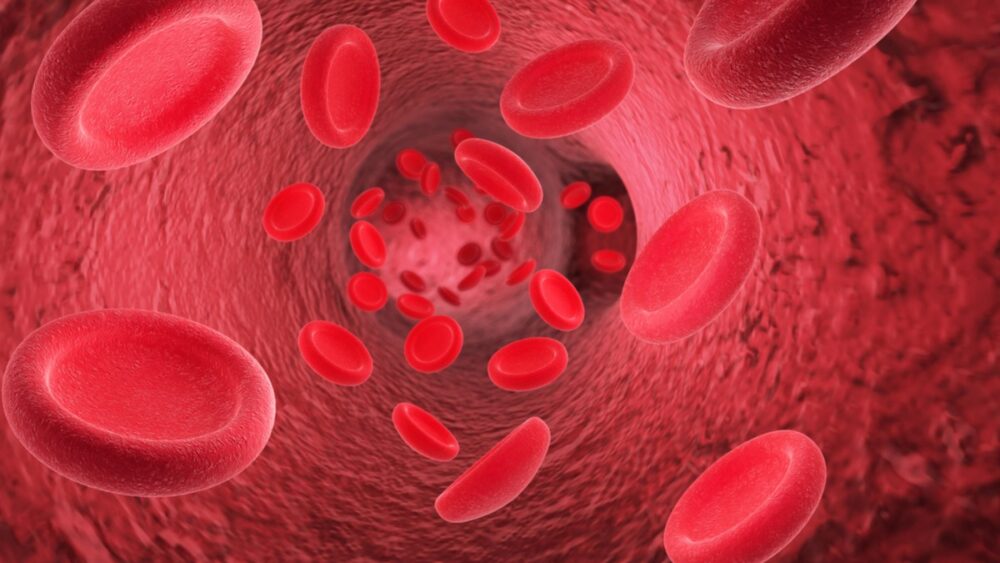Easy-to-learn movements to improve circulation
Not a single functioning cell, tissue or bacteria in our bodies is still, ever. They are constantly on the move, generating and expiring energy to succeed in their given purpose. If they were still, they would either be defective or, most likely, dead. These functions take place without our conscious effort (autonomic system). Similarly, on a larger scale, our muscles, bones, heart and joints thrive with regular movement, yet these areas require our deliberate attention to function optimally.
As Hall of Fame football coach Lou Holtz famously stated, “You’re either growing or you’re dying, so get in motion and grow!” In other words, our entire body with all of its systems is designed for movement. Movement creates demand that requires our body to work more efficiently to keep up, and thus we get stronger and growth ensues. When we opt OUT of deliberate daily movement, or our lifestyle involves more sit-time than move-time, our muscles atrophy, bones decrease in density, digestion and metabolism slow, circulation is limited, the heart weakens and the risk of developing lifestyle-related diseases such as obesity, heart disease and diabetes is greater.
Activities such as walking, taking the stairs, jogging, swimming and stretching place a healthy demand on the heart and vascular system that increases blood flow throughout the body. Conversely, inactivity from sitting, lying down or driving for the majority of our time can have the opposite effect on our heart and vascular system. The heart is the muscle responsible for pumping a person’s blood around their body. The stronger and healthier a person’s heart is, typically the better their circulation. Poor blood circulation is often a symptom of various heart conditions, obesity and diabetes, amongst other cardiovascular issues.
In addition to an active lifestyle and deliberate movement breaks, these other tactics work well to prevent and combat poor circulation:
• Sit properly, with good posture
• Take frequent breaks to stand and move around
• Drink plenty of water
• Wear compression sleeves
• Eat nutrient-dense foods
• Practice yoga
• Manage stress levels
Relaxation techniques and postures that position the hips higher than the heart (legs up the wall) also work very well to increase circulation, lower blood pressure, reduce the workload of the heart and initiate a relaxation response in the (sympathetic) nervous system. Try these simple movements at home, the office, or your desk to help relax your heart, improve circulation and feel refreshed.
Circulation exercises
Standing Mobility Roll
• Stand up straight, arms loosely at your sides.
• Breathe as you begin to roll your head — then neck and back — down SLOWLY toward your ankles, going vertebrae by vertebrae until you are in a standing forward fold.
• Breathe.
• Roll back to standing by reversing the motion, SLOWLY moving vertebrae by vertebrae from the pelvis up. Keep head and hands heavy during the movement. Repeat.
 Downward-Facing Dog
Downward-Facing Dog
• Place your hands on the edge of a chair or desk, lower than your waist.
• Press your hips back, straightening the backs of your legs without locking your knees.
• Lengthen your spine and alternate bending your knees and moving your hips to stretch.
• Hold this position for five to 10 breaths. SLOWLY come back up to standing.
 Hip Flexor Stretch
Hip Flexor Stretch
• Stand resting your hands on a wall or desk.
• Take one leg back into a short lunge.
• Press the ball of the back foot back while leaning into your hips and front leg.
• Feel the stretch down the front of the leg that is extended behind you.
• Hold for five to 10 slow breaths, then switch.
Want to learn more about improving circulation? Read “Improving Blood Flow to the Feet” and “Diabetic Leg Pain and Peripheral Arterial Disease.”






